The used car market in north america is a very saturated market and therefore heavily standardized.
Below is some information that will make you a better informed buyer:
Where do original and used car dealerships get their cars from?
Used car dealerships leverage either of two systems:
- Buying cars from dealership auctions
The largest dealer auctions are Maniheim and Adesa. To gain access the bidder must have a dealers lisence in their juridication and under no circumstances can a non-dealer visit or bid.
This allows for dealers to exchange cars at a far lower prices than retail (what they would sell to the end customer for). Alongside buying cars, these auctions allow for used car dealers to quickly offload cars that they were unable to sell on their lot.
The worst cars ussually get bought and sold a few times before they end up at a dealer who is willing to substantally rework for profit (rare), or who leverages cover-up/shoddy work to misrepresent the car to unsuspecting or uneducated buyers (common). The latter intices buyers by way of a low price and what looks from the outside to be a clean car because of the aforementioned recent cover-up work.
A major supply of vehicles for this system are traded-ins at new car dealerships. New car dealerships normally will only retain the nicest cars and particularly nice cars of their own brand to then resell in their used lots. The rest they offload quickly, because they have calculated the trade-in value based on the value they will be getting at the dealers auction.
2. OEM Finance off-lease and fleet vehicles
Many OEM’s or original manufacteurers will work with large brokers to distribute their off-lease fleets. A major stipulation in this model is to allow preferential treatment to their own dealership network. Instead of offloading the cars at the above dealers auction, the OEM’s finance company will allow for their brands dealerships to pick the nicest cars first. Thereafter they will post the cars on pre-sale selling channels where other dealers can buy cars sight unseen before they hit any physical selling block.
Any off-lease and fleet cars that dont sell to the dealers or during pre-sale events will end up flowing to the dealership auctions explained in point 1 above.
So extrapolating from the above what you get are four different types of dealerships:
- New car dealers with cherry picked trade-ins and OEM off-lease vehicles
- New car dealers who upsell average used cars they acquire from dealer auctions because of their brands reputation
- Used car dealerships who pay a premium for nice cars at dealer auctions and pre-sale OEM events
- Used car dealerships who buy up the rest and try to sell to the unsuspecting and uneducated buyer
One of the most dangerous dealership types is #2 (OEM’s procuring dealer auction cars):
In many large cities where large dealerships are moving high volume, you may find that the dealer is sourcing cars from normal dealer auction channels.
They use the trust you have in the brand to list non-premium used cars for a premium price. Some even procure brands not of their own for their used lots.
To determine if the new dealer you are at is doing this ask two questions:
- Is this a local trade-in at your dealership?
- If no to #1: Where did this car come from? Dealer auction? Off-lease?
If its not a local trade-in and it hasn’t come in as an off-lease or ex-brand-finance fleet vehicle, I recommend walking away and finding a dealer that does satisfy those prerequisites.
Some of the worst cars I have seen have come from dealerships like this.
So now you have established how to discern between dealership types 1 and 2, how about 3 and 4?
- Keep in mind, most people with good cars don’t mind selling them private sale. Always assume they traded it in because there was something wrong with the car. Remember dealerships dont care if there is something wrong with the car because they can and do offload these cars quickly at dealer auctions.
- Run a carfax, carproof, autocheck, or other vehicle history report. If possible also run a local jurisdiction sellers report. For example in Ontario Canada for $20 any ministry location will provide you a list of previous owners for the vehicle (including dealers), show you if the vehicle has any leans and will tell you the average wholesale value. If you notice the car has changed hands frequently or has been reported at a dealers auction multiple times, consider walking away.
- If they tell you it came directly from the OEM as an off-lease car, make them prove it to you.
- Look on every body panel (doors, hood, truck, fenders) and confirm that the vin number sticker is still present and matches the vin of the car you are looking at. Replacement panels, even OEM replacement panels will not come with new VIN stickers, and the ones that do will note DOT-R or similar. If you are uncomfortable doing this, have your inspecting mechanic check for these vin numbers (even better if your mechanic is the dealer). If in doubt, have a body shop inspect the car for any previous repairs.
- Get the car inspected at an OEM dealership. In many jurisdictions when you tell them to inspect your vehicle they will only perform a safety inspection of suspension components and other general safety equipment.
Commonly dealership inspections will not comment on rust (unless structural or perforation causes a safety concern) and engine/transmission condition (unless completely obvious or check engine light is on).
- Test drive the car extensively, drive it on the highway, over rail road tracks, go through all the gears and listen with all windows closed, radio off, and everyone silent. Follow your gut, if something doesn’t sound or feel right, it probably isn’t.
- Take the car to a a local transmission shop. They will be able to tell you the condition of the transmission by just looking/smelling the transmission oil.
Oil that that smells burnt or is particularly dark indicates that there is an internal problem inside of the transmission (damage has already occurred), but may not be significant enough yet to feel during driving. If you check the transmission fluid yourself and see that the fluid is not a pink/red color and/or smells burnt, walk away.
- Check under the oil cap, dip stick and under the coolant cap, do you see anything that looks like a milky substance? This indicates oil and water mixing. Which most often indicates a head gasket failure. If you find this, walk away. This repair is substantial and requires separating the engine in two (head and block).
- Lastly, slightly lift (with your nail) some of the weather stripping around the car, do you see a different color, different shade, a paint transition? This is indicative that the car has been painted. Most shoddy and even low end decent paint jobs will not remove weather stripping before painting. Those areas normally get taped off. Therefore walk away unless you see the exact same color continuing under the weatherstripping.
Remember dealership type 4 is geared towards selling to the uneducated buyer. If you do your homework above, it will quickly become apparent if there is any funny business going on.
Even more importantly, listen to your gut and bring someone with you that is not emotionally invested to give you a second opinion.

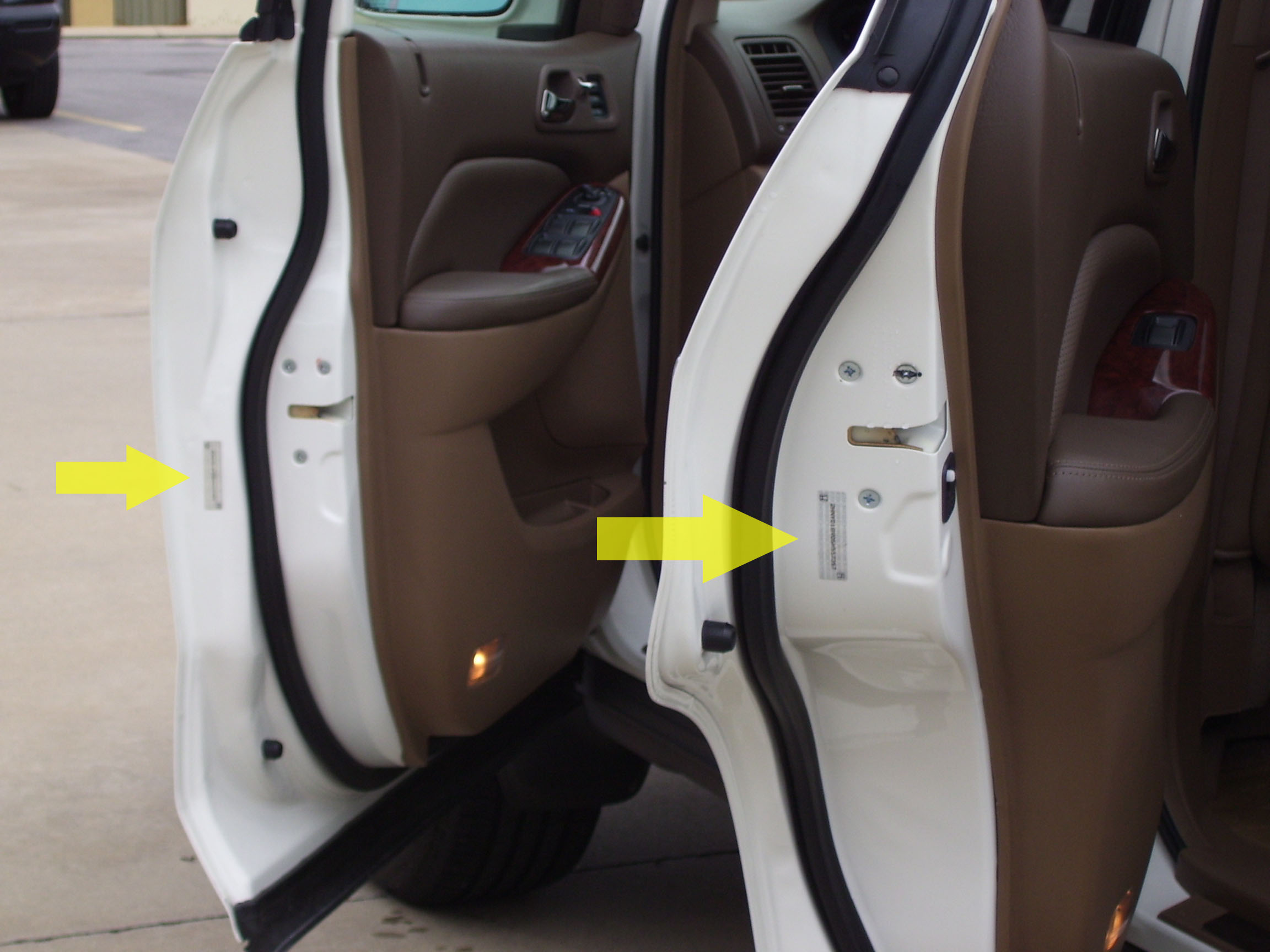
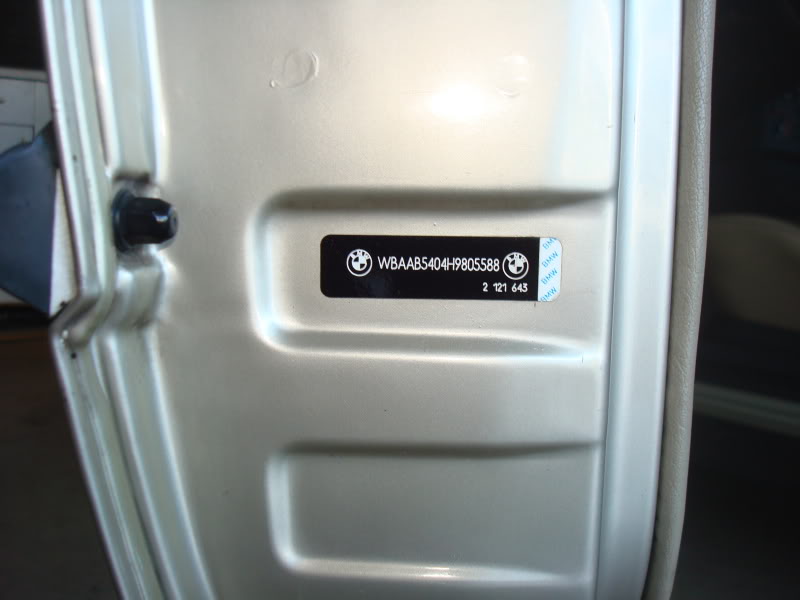
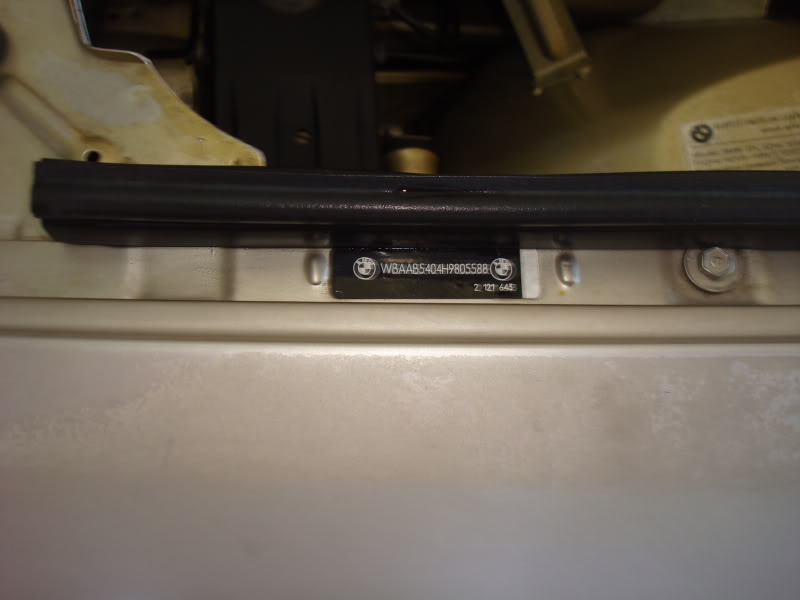
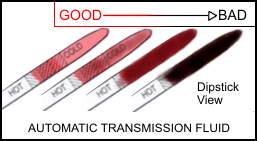
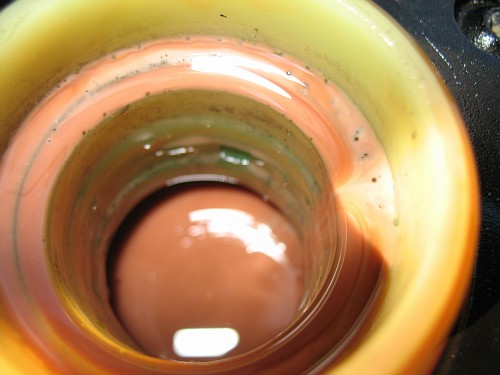
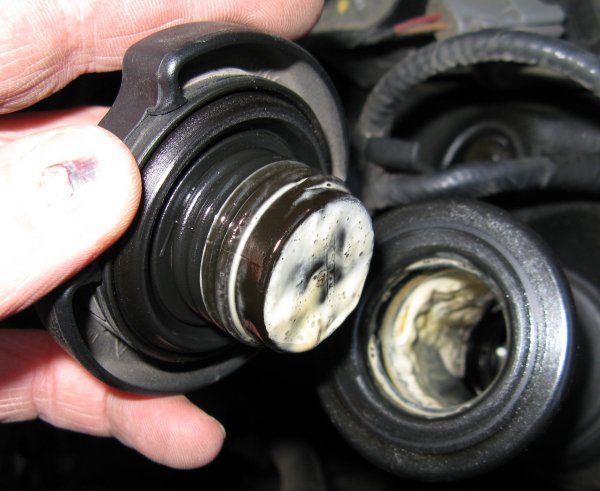
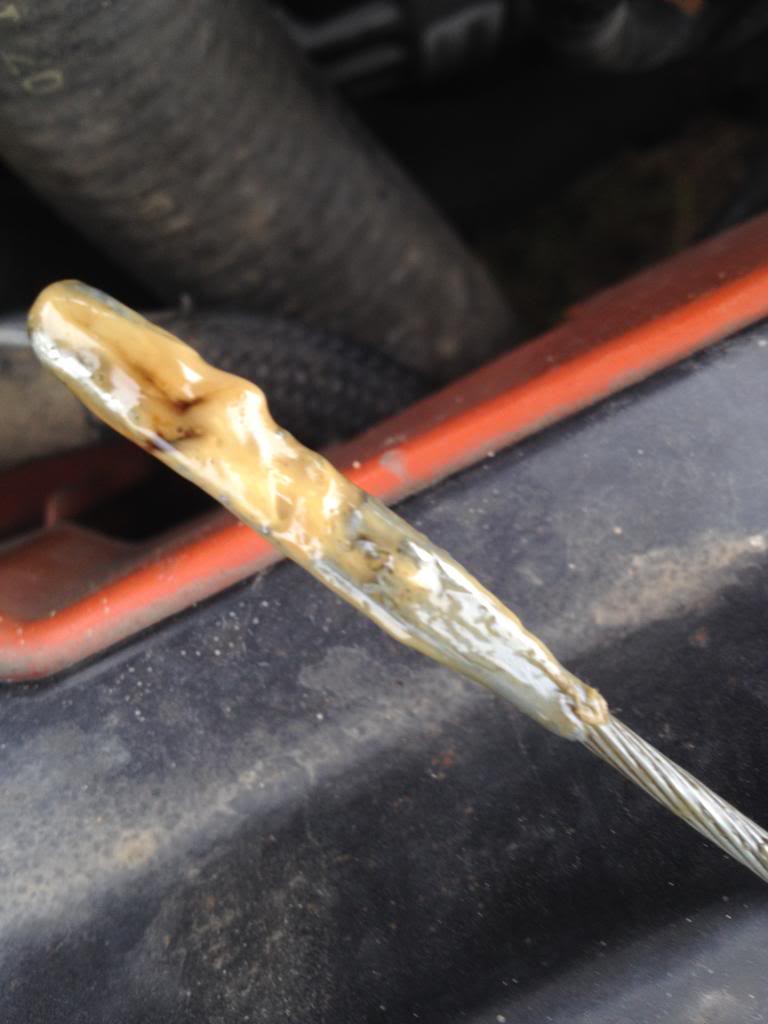
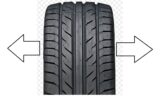

Recent Comments